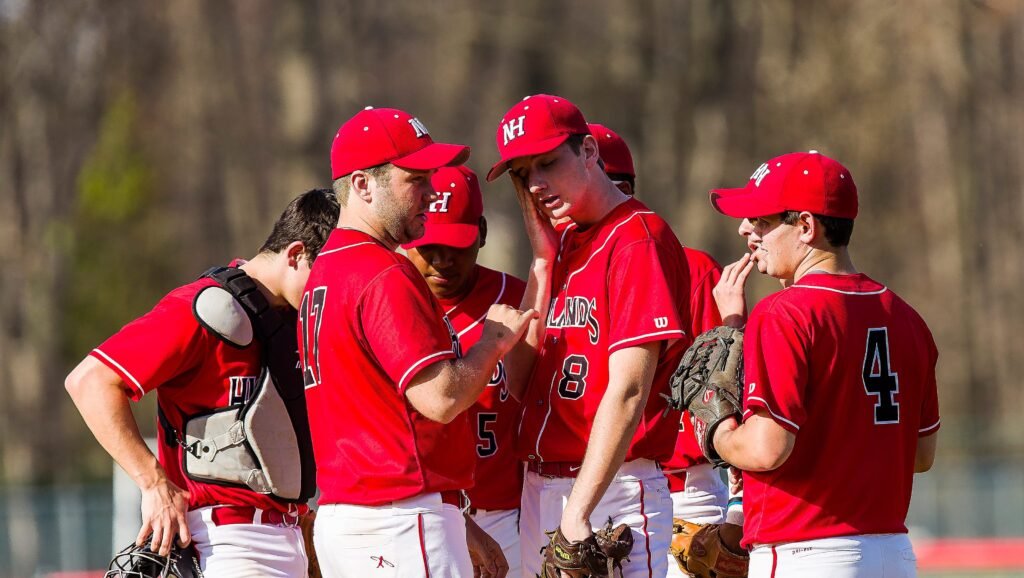As the landscape of college athletics continues to evolve, high school athletes in New Jersey and beyond are feeling lost.
Already dealing with the trickle-down effects of the transfer portal and new recruiting calendar, incoming freshmen in the Class of 2025 are also feeling the effects of the NCAA settlement, including changes to roster size.
The proposal was given preliminary approval by a judge earlier this week and has been under consideration for several months. It outlines a new business model for college sports that could begin as early as next fall.
Under the proposed rules, scholarship limits would be removed for all sports at the Division I level. However, roster restrictions will be tightened across the board.
If that seems confusing, you’re not alone. Everyone, including student-athletes, coaches and recruiters, is still trying to accept the proposed rules.
“Chaos. For everyone involved, that’s the best way to describe the current situation,” said college recruiting advisor Tommy Barbera. “Every college coach I talked to said they didn’t know what was going on. I don’t know if I should proceed.”
Barbera, a founding partner of Prime Sports Agency in Wayne, works primarily with high school baseball players.
Baseball may be one of the sports most affected by this settlement.
Understand the new roster restrictions
The proposed rule changes would remove caps on the number of scholarships a program can offer, but tighten restrictions on the number of players a program can have on its roster.
For example, Division I football programs are currently allowed to offer up to 85 scholarships and enroll up to 120 players. Under the proposed rules, the program would be limited to 105 players, but could offer scholarships to all of them.
Baseball, which currently has a scholarship cap of 11.7 players (teams are allowed to offer partial scholarships) and a roster cap of 40 players, will have a roster cap of 34 players. . That number will also increase significantly for softball, men’s lacrosse and women’s lacrosse. Some of the scholarships that may be awarded.
But just because schools are allowed to offer more scholarships doesn’t mean they can. And if most players don’t, the result is a sport with fewer roster opportunities and little to no additional scholarships for players.
“Limiting baseball rosters to 34 players may help programs recruit and acquire the best players, but it’s not realistic that schools can afford it and do it.” No,” Barbera said. “Baseball and other sports are hardest hit by these proposed roster limits simply because these sports don’t generate as much money as, say, football or basketball.”
What this means for high school athletes
Confusion over what the rules will be and how schools will handle them has put high school athletes, especially current seniors, in a tough spot.
Many are starting to look at opportunities outside of Division I athletics.
“Expectations are changing. Players and their families are starting to realize there are other good opportunities out there, and there’s a lot of interest at the Division II and Division III levels,” said Ramsey High School baseball coach Paul. Urbanovic said. “Because the rule changes are so new, the class of 2025 will be the most affected by the changes.”
As NCAA rules continue to evolve, student-athletes and their families looking to play at the next level need to keep up.
“I’ve had several conversations with the players. I tell them to do their homework and research to find the college that’s right for them,” Urbanovic said. “Where you start doesn’t necessarily mean where you end. You don’t just let schools recruit you; you recruit schools.”
Added Barbera. “Everyone dreams and hopes to play at the Division I level. But they have to be realistic and understand the situation at the NCAA level. My conversation is, “Go where you’re wanted.” … The transfer portal is real and so are player restrictions, so finding the right people with a good education is always important if your goal is to play at a higher level. ”

